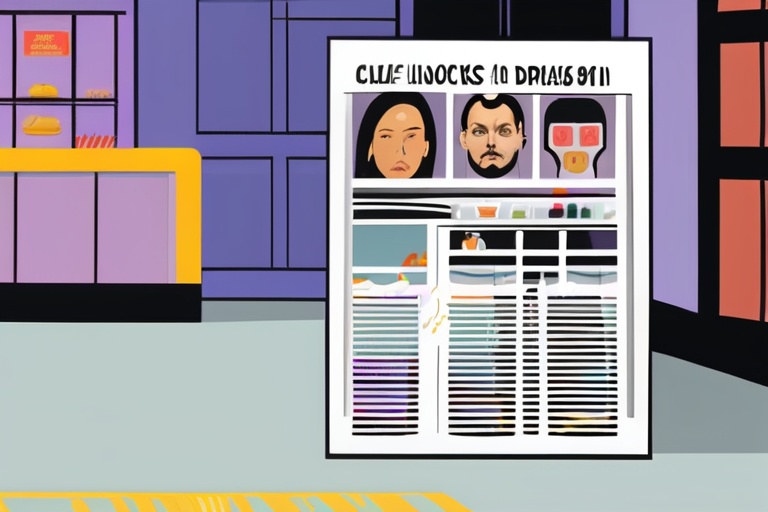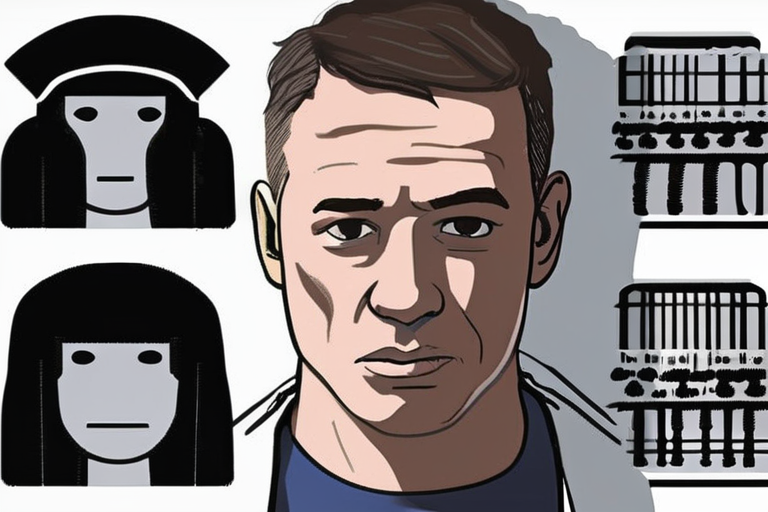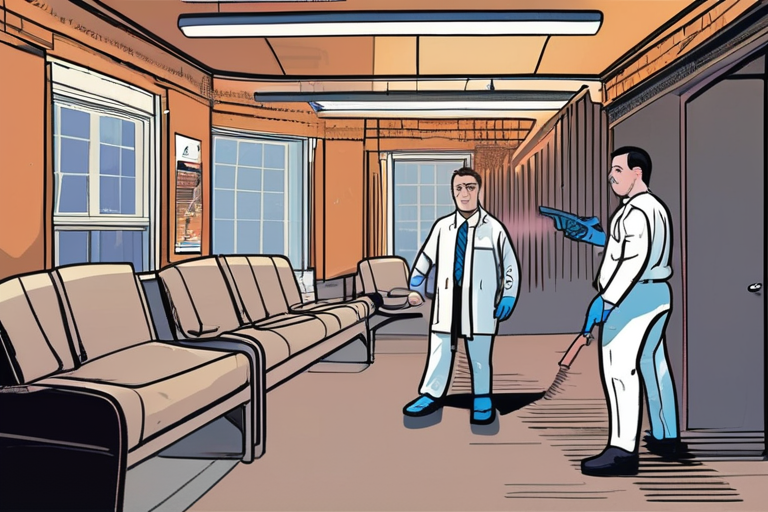New DNA Evidence Unlocks Long-Elusive Clue in 1991 Yogurt Shop Murders


Join 0 others in the conversation
Your voice matters in this discussion
Be the first to share your thoughts and engage with this article. Your perspective matters!
Discover articles from our community

 Hoppi
Hoppi

 Hoppi
Hoppi

 Hoppi
Hoppi

 Hoppi
Hoppi

 Hoppi
Hoppi

 Hoppi
Hoppi

DNA Finally Tied a Man to Her Rape. It Didn’t Matter In a shocking case that highlights the complexities of …

Hoppi

BREAKING NEWS: FBI Links Charlie Kirk Suspect to Crime Scene Through DNA Evidence The FBI has confirmed that DNA evidence …

Hoppi

Human Remains Identified as Travis Decker, Wanted for Killing His Daughters WENATCHEE, Wash. - Forensic tests confirmed that human remains …

Hoppi

FBI Confirms DNA Evidence Links Charlie Kirk Suspect to Crime Scene The FBI has confirmed that DNA evidence links Tyler …

Hoppi

FBI Links Charlie Kirk Suspect to Crime Scene Through DNA Evidence The FBI has made a significant breakthrough in the …

Hoppi

BREAKING NEWS Travis Decker Identified as Suspect in Grisly Murder of His Own Daughters Human remains found on a remote …

Hoppi